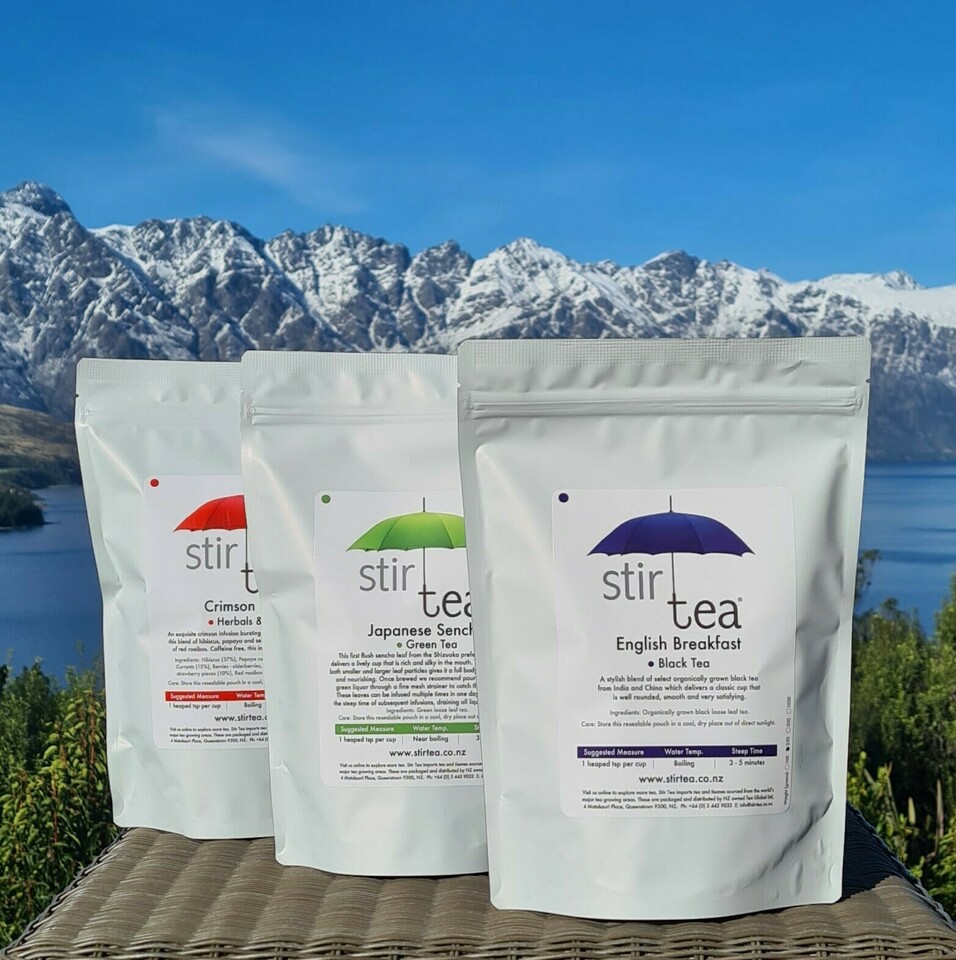Do you have a favourite colour teacup that you find yourself always reaching for? Perhaps it is part of a set which matches your teapot, or a one-off cup. Well it seems there are probably subconscious reasons why you've chosen your teacup - and they're most likely related to the colour, shape and the materials your cup is made from.
In this first of our two-part series, we shall consider how the colour of your teacup influences your experience. Our second article will explore the role that the shape and texture of your cup can also play in your tea drinking experience.
What Colour is Your Teacup?
Often we choose a teacup or drinking vessel suited in shape to the particular tea we are drinking - it might be an infusing cup, a glass cup, a porcelain cup, a gaiwan or even a tea mug, we all tend to have our favourites. One aspect of your cup choice that you may not be so consciously aware of is its colour.
Colour plays an important role in our lives. From the clothes we wear, to the furnishings we have in our homes and the products we select off the supermarket shelves, colour impacts our decisions and our emotions.
When it comes to tea, the colour of the cup (both inside and out) can influence how we rate the taste of the tea we are drinking according to Dr. Stuart Farrimond, a UK medical doctor turned food scientist, during an episode of the UK series, Inside the Factory. This corresponds with a study published in the Journal of Sensory Studies which showed that drinking hot chocolate in an orange cup tasted sweeter. A scientist participating in this research said, "An anecdotal example of this can be the favourite mug from which so many of us prefer to drink our tea or coffee. Perhaps that drink, which is always prepared in more or less the same manner, does not really taste better from our preferred mug, but the mug itself simply improves our overall multisensory experience.”
Dr Farrimond identified the following points when it comes to teacup colour choices:
- green - a green cup is often chosen by green tea drinkers to enhance the colour of the tea
- red or pink - a red or pink cup helps to accentuate the natural sweetness of the tea you are drinking.
- blue or white - drinking tea in a blue or white cup will accentuate the saltiness of your tea.
The colour and shade of your tea theoretically remain the same, should you pour it from one vessel to another. However, our brains take the colour of the cup into consideration when deciding upon the colour of the tea. This means tea in a blue cup could look a different shade than the same tea liquor in an orange cup.
As an aside you may be interested to know that at Stir HQ in Queenstown we use pure white cup sets whenever we are conducting sensory evaluations of tea liquor and samples. The white cupping sets we use are industry standard across the world for tastings.
From our research there seems little debate that the colour of the cup does affect how we perceive the taste of tea. Colour impacts how we might experience sweet or salty for example or the intensity of flavour. Our choice of cup colour may be a direct link to our previous experiences of an enhanced sensory visual and taste experience.
Of course there is always another school of thought that leads you to a favourite cup purely based on the colour of the outside, the feel in the hand, or the sentimentality of a cup gifted from a favourite Aunty or friend.
You may wish to take note of the cup you are drawn to next time the kettle boils.
Posted: Thursday 4 June 2020







